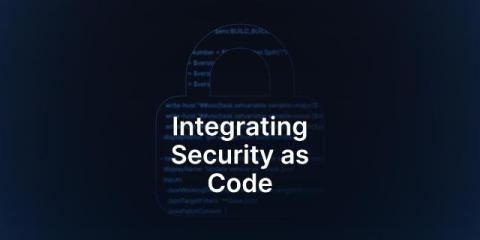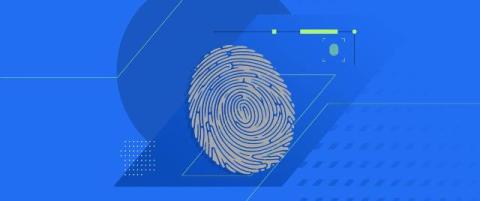CCPA Compliance Guide: How to Get Your Business CCPA Compliant
Over the past few years, businesses have been fighting against the threat of data breaches and cyberattacks, and customers are trying to find new ways to protect their privacy online and keep their data safe from being shared with third parties. Since 2018, the California Consumer Privacy Act and others, such as the GDPR, have made it a legal obligation for companies to protect user data. As a result, other states are starting to follow suit.











